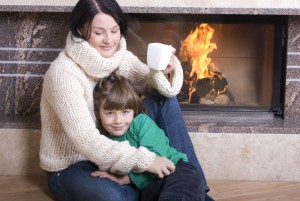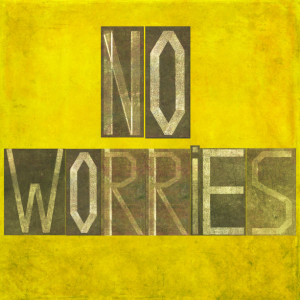Is Your Chimney Ready for Winter?
As winter weather sets in, we all start to look longingly toward our fireplaces for warmth and light. But before you light that fire, make sure your home, fireplace, and chimney are ready and safe. Here’s a checklist to start with:
Install smoke and carbon monoxide alarms in your home.
 Smoke detectors should be installed on every level of your home, and should be checked often.
Smoke detectors should be installed on every level of your home, and should be checked often.
Carbon monoxide is a colorless, tasteless, and odorless gas produced when certain fuels are burned that has the potential to kill if left undetected. Carbon monoxide detectors should be placed on each level of the home, especially near sleeping areas.
Stock up on seasoned firewood.
Only use firewood that was cut and split at least six months ago, and has been stored in a high and dry place protected from rain and dampness. Green and/or wet wood produces more creosote, which could lead to chimney fires.
Reverse your ceiling fans.
During the summer months we use our ceiling fans to move cool air around, but in the winter months the fan blades should rotate the opposite way to make sure the warm air that has risen to the ceiling is pushed back down to the ground where you can enjoy it.
Have a CSIA-certified chimney technician visit.
Chimney Safety Institute of America-certified technicians have gone through extensive training and education to ensure that they can identify and treat fireplace and chimney damage or problem areas. You should have a CSIA-certified technician inspect your chimney at least once a year. The tech should inspect your chimney and fireplace and will alert you to any structural issues like cracked linings, missing or broken masonry, and mortar joint issues.
If necessary (the technician will tell you), have them sweep your chimney to remove any potentially flammable creosote left over from last year’s fires.
Consider having the technician install a chimney cap. People aren’t the only things that get cold in the winter! Birds, bats, and other small animals like to escape the cold, and your chimney seems nice and cozy. A chimney cap will keep these little guys out, making your life much easier.
Before you light that fire, call Chief Chimney Services serving the Suffolk, NY area. Our CSIA-certified technicians can talk to you about inspection options, sweeping, and chimney accessories to keep your home warm and your fires safe.

